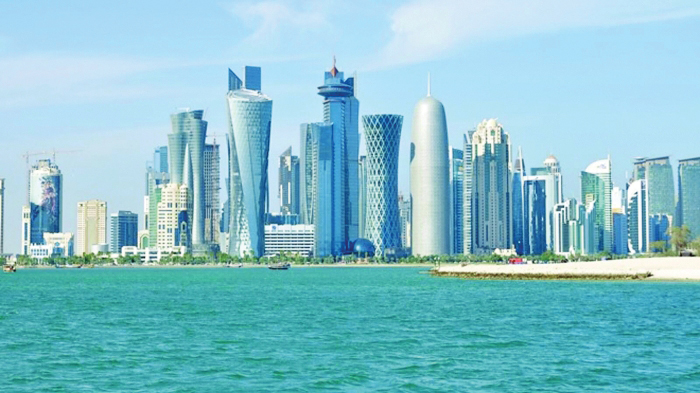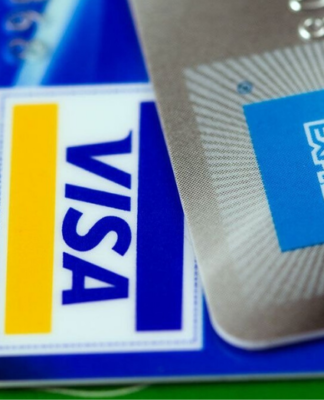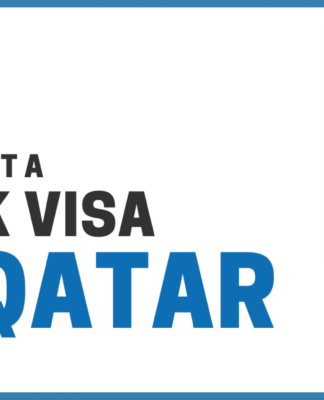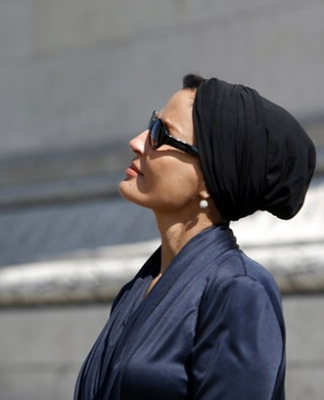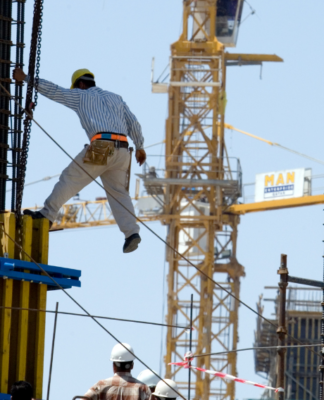Satyendra Pathak
Doha
Qatar’s economic growth is expected to have accelerated in the first quarter of 2019 as the country’s real estate and non-oil private sectors have shown signs of strength in the first three months of the year, FocusEconomics has said in a report released on Tuesday.
Suggesting stabilisation in the housing sector, the report said, Qatar’s real estate price index continued to edge higher in March.
“Boding well for domestic demand, Qatar’s non-oil private sector purchasing managers’ index (PMI) and private sector credit growth averaged higher in the first quarter compared to the previous quarter,” the report said.
Turning to the second quarter, the report said, the non-oil seems to have remained solid overall.
“In April, industrial production picked up, tourist arrivals surged year-on-year and private credit growth accelerated,” the report said.
Boding well for investment and the energy sector going forward, the report said, Qatar Petroleum signed a deal with Chevron in June to build a multi-billion dollar petrochemical project.
“Growth should gain impetus this year, propped up by a recovery in the energy sector, and infrastructure projects related to the 2022 World Cup,” it said.
FocusEconomics panelists see Qatar’s economy to grow 2.6 percent in 2019, which is unchanged from last month’s estimate, and 2.8 percent in 2020.
Consumer prices fell 0.7 percent in annual terms in May, the report said adding inflation should return later this year on stronger economic activities, but should be subdued nonetheless.
“Our panelists expect inflation to average 0.6 percent in 2019, which is down 0.3 percentage points from last month’s forecast, and 2.3 percent in 2020,” it said.
While Qatar’s economic growth will reach 2.9 percent in 2021, the report said, it will be accelerating to 3 percent in 2022 and 2023.
The GDP per capita in Qatar will also increase from $71,438 in 2019 to $86,913 in 2023, the report said.
According to the annual data released as part of the report, the overnight lending rate in the country would continue to rise from the current 5 percent and reach up to 5.32 percent by 2023. Qatari riyal will continue to be pegged at $3.64 in the years to come, the report said.
According to the report, the country would witness a sustained increase in both imports and exports.
While the merchandise exports from the country are expected to rise from $82.2 billion in 2019 to $85.5 billion in 2020, the report said, merchandise imports would increase from $35 billion in 2019 to $37.8 billion in 2020 and rise up to $40 billion in 2021.
FocusEconomics, a leading provider of economic analysis, has also forecast that Qatar’s trade balance would rise from $47.2 billion in 2019 to $47.7 billion in 2020.
The report has also projected that Qatar’s current account balance would account for 6.7 percent of the total GDP in 2019.
Qatar’s current account balance turned positive to $6.4 billion in 2017 and is expected to rise to $13.3 billion in 2019, the report said.
Source:qatar-tribune.com














